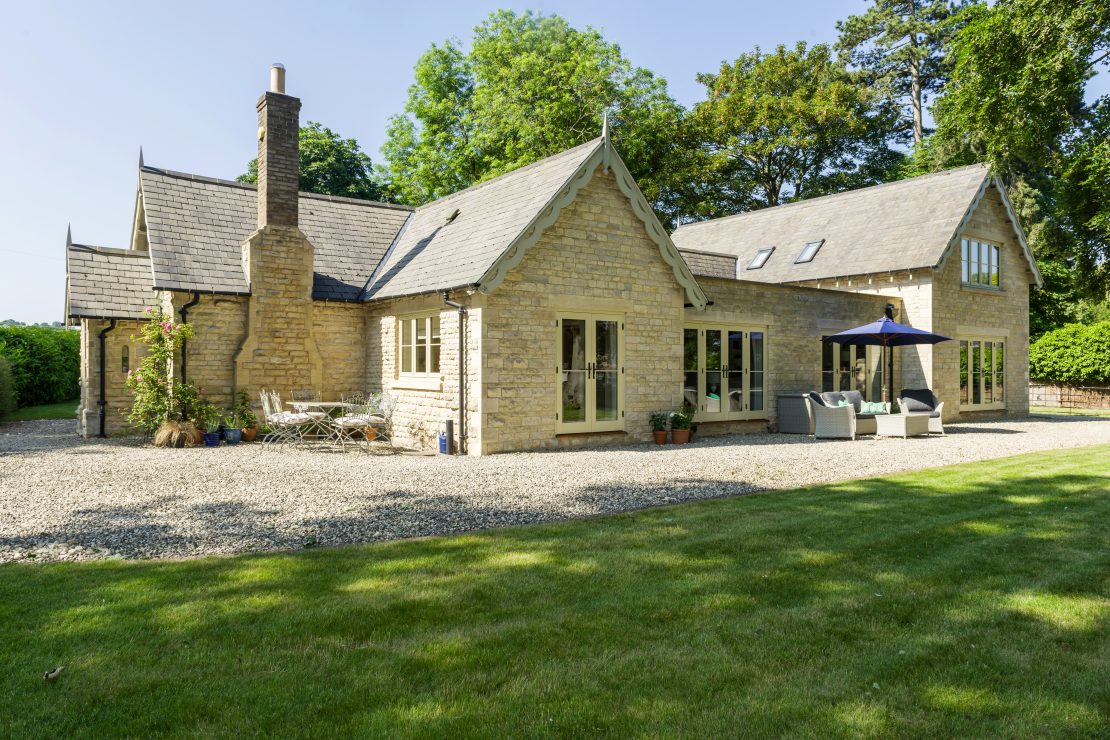May 29, 2022
As villagers and staff at George Barnsdale celebrated one princess Elizabeth Mountbatten becoming Queen Elizabeth II in 1952 and her coronation the following year, the Barnsdale family was also looking forward to welcoming its own little princess into the world. Helen Elizabeth Barnsdale, whose birth coincided with the Queen’s coronation in 1953, was born at a time of high optimism and much excitement as well as hardship. The devastating East Coast floods that Lincolnshire suffered around this time, the continuing rationing of certain foods as well as timber and the struggling economic situation post World War II were reality for many. Helen, like Her Majesty, has witnessed so much change in the last 70 years. To mark the Queen’s Platinum Jubilee and to celebrate our own achievements since 1952, we have been delving into the archives to find out what else was happening in the Barnsdale workshop at the time and reflecting on how much has changed.
George Barnsdale in the 1950s – daredevils and dodgems
Following the retirement of George Barnsdale who started the business in 1884, his sons Frederick and Walter took over the running of the business which had been steadily growing and gaining a reputation for quality and workmanship. As the business boomed, customers found themselves having to wait longer than they would have liked to have something made and “Waiting for Barnsdales” became a local catchphrase and one that also applies right now as we work our way through the post-pandemic boom.
The firm employed 50-60 people in those post WWII years where timber was still rationed and there was a licence scheme for building. More a building firm (Barnsdale Construction) than just joinery, George Barnsdale’s men travelled throughout the county helping to build homes fit for heroes. Some of the more unusual requests the company received included an order for six Walls of Death often seen at fairs throughout the country and tested by local daredevils on rickety bikes before being despatched. The company also made seaside chalets and dodgem tack for amusement parks.
Having been instrumental in establishing the British Standard for timber windows and doors, Walter and Frederick found themselves to be quite influential outside of rural Lincolnshire too. John Barnsdale, Frederick’s son and Helen’s father was a young man in the 1950s and started to get involved in the business too. Helen’s earlier memories are of travelling around the area doing site visits.
I used to go out with dad on site visits and I remember this usually involved a drink of pop in the back room of a pub somewhere.
Helen Wright
Imperial measurements and gallons of lead paint
The firm would have still been using imperial measures in those days as metric measurements didn’t arrive until 1965. Lengths of timber would have been measured in feet and inches, paint would have come in gallons and builders sand would have come by the tonne. It must have taken a bit of getting used to for the men working onsite to work out what the new centimetres, metres, grams and kilograms, litres and millilitres were!
Lead primers and paints were used unlike today’s water-based breathable coatings that ensure products won’t need recoating for at least ten years.

Beehives and Bays
The prices also looked very different in those days too. A 7′ x 10″ bay window, so popular in 1950s new homes would have cost the trade price of £11 15s. A set of 4.0′ x 6’6″ x 2″ french casement doors would have set you back £6 5s. Those elegant 1950s doors we see still standing in so many homes throughout the UK would have cost between £2 and £3.



Not a place for girls
As the business continued to flourish, Helen did the odd stint in the Old Market Place office where she says she hated answering the phones.
“Telephone answering was a nightmare with one of those hand held receivers and a wheel on the side which rang a bell down the yeard – I lost a lot of calls in those days!”
Helen Wright (nee Barnsdale)
Beatniks and bevels
The 1960s were a bit of a boom time for Barnsdale Construction with all the houses being built to accommodate the growing population of the area. As car ownership increased, the need for garages increased. Garage doors in the 1950s and 1960s were typically hardwood timber and they can still be seen today.

Fashion wasn’t reserved for clothes and make up in the 1960s, the homes needed to make a statement too. Open tread staircases, increased use of glass and plain panel doors became the order of the day. We were still measuring in feet and inches though as the transition to imperial took time to implement.


Remembering her grandfather Frederick still being very much involved in the business throughout the 50s, 60s and 1970s and right up until two years before his death in 1983, Helen felt it wasn’t really a “girls world”, other than for administrative tasks. “We didn’t really get involved in any decision making,” Helen says.
The 1970s was a time of economic decline nationally, the global oil crisis, the industrial unrest and high taxes like the Selective Employment Tax all took their toll on the company which reduced its number of staff to 30. This is when the firm focused more on joinery than building once again. It continued to focus on quality and craftsmanship and employed apprentices from the local area to ensure a competent future workforce that stood it in good stead for the future.
In the 1970s Helen Barnsdale married Stephen Wright, current Chairman of George Barnsdale, who went on to run the business in 1985 until their son Tom Wright took over the reins in 2015.
Computers and high inflation
When Stephen took over in the 1980s, the country was experiencing a mixture of hardship in pre-industrial areas and boom in the South where the service economy thrived. An engineer at heart and ever forward looking, Stephen was keen to utilise the latest technology and to improve the performance of timber windows and doors and the 1980s saw the launch of the George Barnsdale Options range. Stephen has been involved in numerous research projects over the years and collaborated with the BRE to improve understanding of timber performance and longevity. He introduced more advanced machinery and technology to the factory with the introduction of CAD in 1990 (the first joinery company to do so in the industry) and CNC in 1998 (also pioneers in the industry). Stephen recognised the demand for double glazing which he has seen grow from just 9% of windows in the 1980s to more than 80% today.

The new millennium and beyond
Tom Wright, current MD is a trained engineer who started his career working for Nissan. He has brought a number of manufacturing methods and processes back with him to Donington. For example, the factory was the first to have a robotic paint sprayer and is still ahead of its time.

The company continues to invest heavily in research and development and opened its own on-site R&D centre in 2017, the only window joinery company in Europe known to have this facility. Stephen continues to be heavily involved in the research side of the business, honing and refining the products offered to meet the demands of homeowners, architects and contractors. He has been working with the BRE for a number of years on different projects and is currently involved in the ClickDesign project.
Always with an eye on sustainability and taking care of the environment, the George Barnsdale has invested heavily in solar power for its factory, minimal timber waste, low energy technology to reduce consumption and recycling. The company is also a corporate member of the Woodland Trust, to support Britain’s forests. We are also working with UK timber grower Vastern Timber to support our ambition to use more homegrown timber in the future. The Sylva Centre at Vastern is currently testing our windows made with home grown thermally modified timber.
Today, George Barnsdale’s quality timber windows and doors can be seen all over the UK in period properties, selfbuild homes and contemporary homes as well as commercial projects like Chanel on Bond Street, The former American Embassy in Grosvenor Square London and has just completed a large project at One Palace Street; right next door to her Majesty and overlooking Buckingham Palace gardens!




















